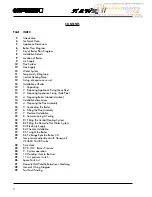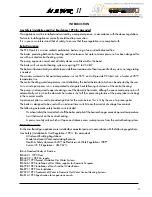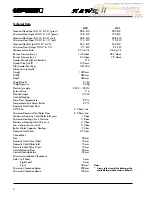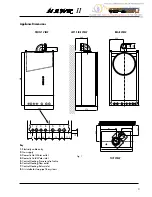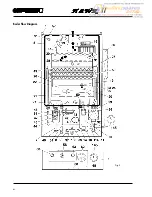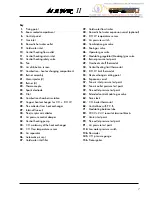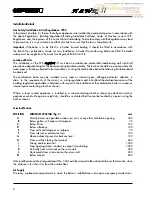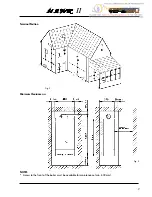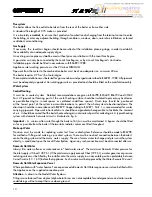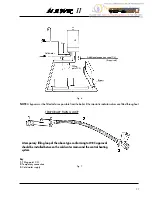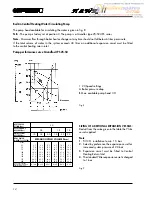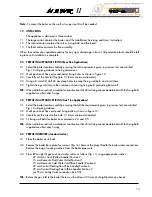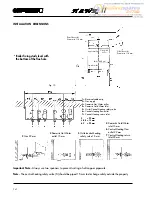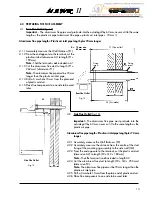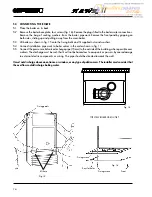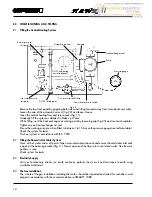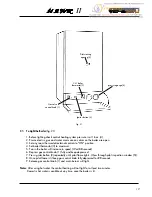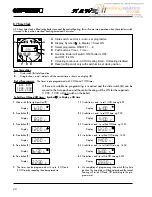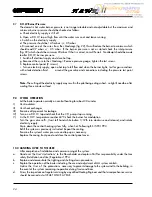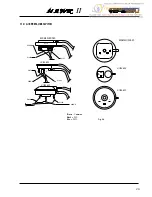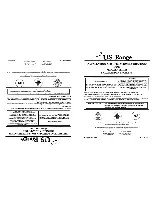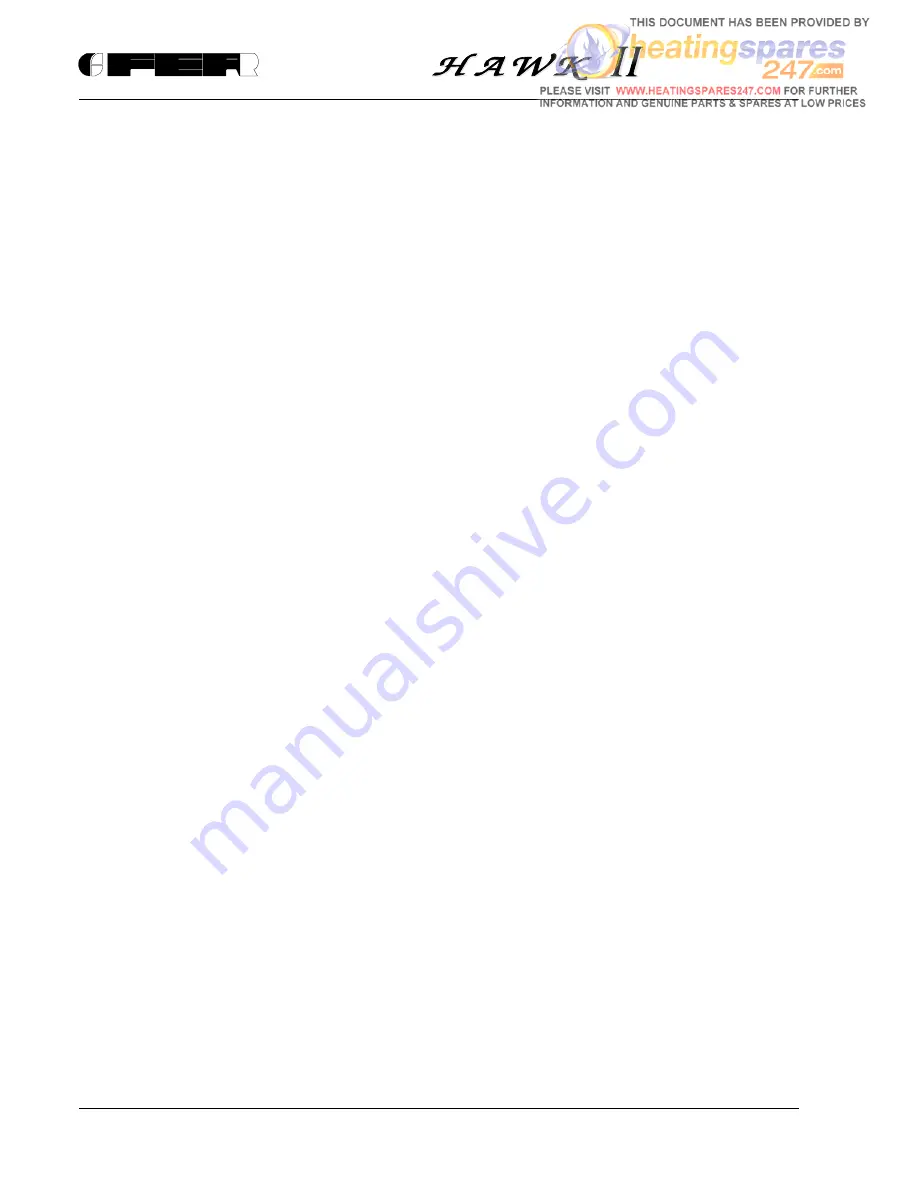
INDUSTRIE
10
Flue system
The boiler allows the flue outlet to be taken from the rear of the boiler or from either side.
A standard flue length of 0.75 metres is provided.
It is absolutely
essential
, to ensure that products of combustion discharging from the terminal cannot re-enter
the building, or enter any adjacent building, through ventilators, windows, doors, natural air infiltration, or forced
ventilation/air conditioning.
Gas Supply
If necessary the local Gas Region should be consulted, at the installation planning stage, in order to establish
the availability of an adequate supply of gas.
An existing service pipe must
not
be used without prior consultation with the Local Gas Region.
A gas meter can only be connected by the Local Gas Region, or by a Local Gas Region's Contractor.
Installation pipes should be fitted in accordance with BS6891-1988.
Appliance inlet working pressure must be 20 mbar MINIMUM.
Pipework from the meter to the combination boiler must be of an adequate size, minimum 22 mm.
The boiler requires 2.75 m
3
/h of natural gas.
The complete installation must be tested for gas soundness and purged as described in BS6981-1988. All pipework
must be adequately supported. An isolating gas valve is provided and should be fitted on the manifold assembly.
Water System
Central Heating
It must be a sealed system. Detailed recommendations are given in BS6798, BS5449, BS6700 and CP342
Part. 2. Pipework not forming part of the useful heating surface should be insulated to prevent any heat losses
or possible freezing (i.e. in roof spaces or ventilated underfloor spaces). Drain taps should be positioned
at the lowest point of the system in accessible locations to permit the whole system to be drained down. The
drain taps should be in accordance with BS2879. Copper tubing to BS2871, Part. 1 is recommended for water
carrying pipework. Pipework in horizontal runs should have a gradient where possible to facilitate the removal
of air. It should be ensured that the boiler heat exchanger is not a natural point for collecting air. A typical heating
system with domestic hot water circuit is illustrated in fig. 6.
Important -
A minimum flow rate through the boiler of 6 l/min must be maintained. A bypass should be fitted
as far as possible from the boiler if thermostatic radiator valves are fitted throughout.
Make up Water
Provision must be made for replacing water lost from sealed system. Reference should be made to BS6798,
for methods of filling and making up sealed systems. There must be no direct connection between the boiler's
central heating system and the mains water supply. The use of mains water to charge and pressurise the system
directly, is conditional upon the Local Water Byelaw. Again any such connection must be disconnected after use.
Domestic Hot Water
Always fit a water softener or scale reducer in "hard water areas". The maximum Domestic Water pressure for
the inlet supply is 10 bar (145 P.S.I.). If the cold mains supply exceeds 5 bar (72 P.S.I.), a water governor or pressure
reducing valve must be fitted by the installer onto the mains supply in an accessible position preferably between
3 and 5 metre (10 - 16 ft.) before the Appliance. Such a valve must be Approved by the Water Research Council.
Domestic Hot Water Expansion Vessel
Where problems with "water hammer" are experionced a Domestic Hot Water expansion vessel can be fitted within
the Appliance on the supplied connection point.
Attention -
Is drawn to the Model Water Byelaws.
Fittings manufactured from duplex (alpha-beta) brass are not acceptable for underground use and certain water
undertakings will not accept their use above ground.


